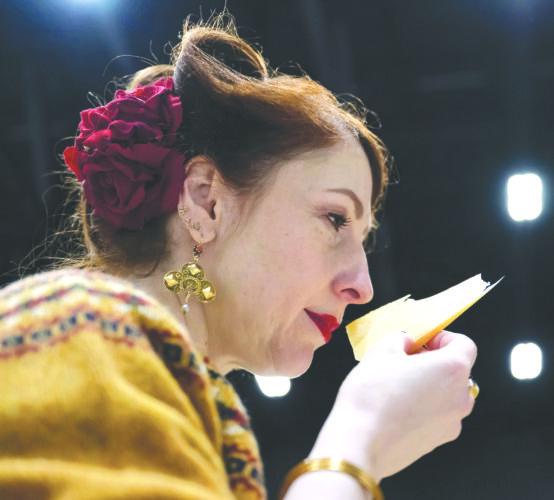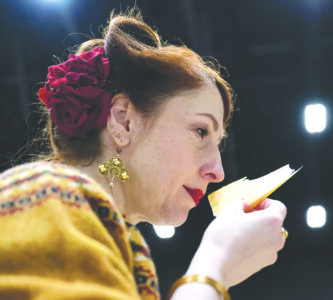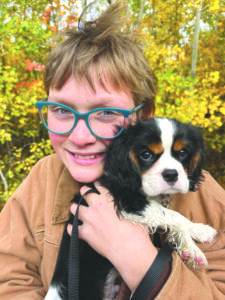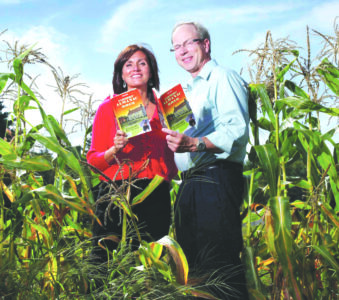Olfactory senses on overload at World Cheese Awards

A member of the jury analyzes and tastes cheeses from various countries during the 37th World Cheese Awards held at the Festhalle in Bern, Switzerland, on Thursday. (Anthony Anex/Keystone via AP)
BERN, Switzerland — The first thing that hits you at the World Cheese Awards is the smell.
As the 37th edition — part competition, part a celebration of cheese — kicked off in Switzerland on Thursday, some visitors might wish the offerings had more holes. With descriptions of odors including “stinky socks” and “sick dog,” it’s clearly a festival — and a challenge — for the nose as much as mouths, fingers and eyes.
Welcome to sensory overload.
Connoisseurs, culinary experts and curious consumers flocked to the three-day event in a country where cheese is both food and folklore. The first day got going with the competition, which featured over 5,200 cheeses, nearly one-fifth from Switzerland. Some 46 countries took part, a record count of competitors from Australia to Austria, Bulgaria to Brazil.
All those offerings in the same Bern exhibition hall made for an original mélange of odors. But once past that medley of smells, the sights, flavors and individual scents of the cheeses were tantalizing.
Wide range
John Farrand, managing director of the Guild of Fine Food in Britain, the event organizer, says some people who tell him they “don’t like cheese, it’s that awful smelly thing” just need to take time and consider the myriad choices.
“I would grab them and sit down with them and take them on that journey through cheese,” he said. “I get so many people say to me just impulsively ‘I don’t like blue cheese’ and that’s impossible really. There’s so much of a range of blue cheese from over here to over here,” — Farrand gestured around the hall — “there’s always a blue cheese for somebody.”
He rhapsodized about a 265-pound wheel of cheese that teams rolled in and “broke” — or cut open — unleashing a powerful cloud of odor.
“The aroma of this Emmentaler just hit me,” Farrand said. “That’s the first time that that cheese has released its greatness and the aroma … just makes you hungry.”
Strict rules
Scores of judges in yellow aprons circled the rows of long, numbered rectangular tables before digging in. They sliced wedges out of hard cheeses and pressed them to their noses, or used spreaders to scoop up soft cheeses, inspecting the consistency and licking or dribbling them onto their tongues.
The judging zone was set off by a waist-high fence and ropes, and security guards kept watch. Journalists were allowed into the area only under escort, and were only allowed to view and smell the cheeses — not taste or even touch them.
It was a blind taste test for the 265-odd judges on hand: All identifying packaging or marking was removed from the cheeses. Their job was to poke, peruse, sniff, touch and taste the offerings — a tall order with so many to choose from — before making their selections for gold, silver and bronze awards based on attributes like aroma, body, texture, flavor and “mouthfeel.”






